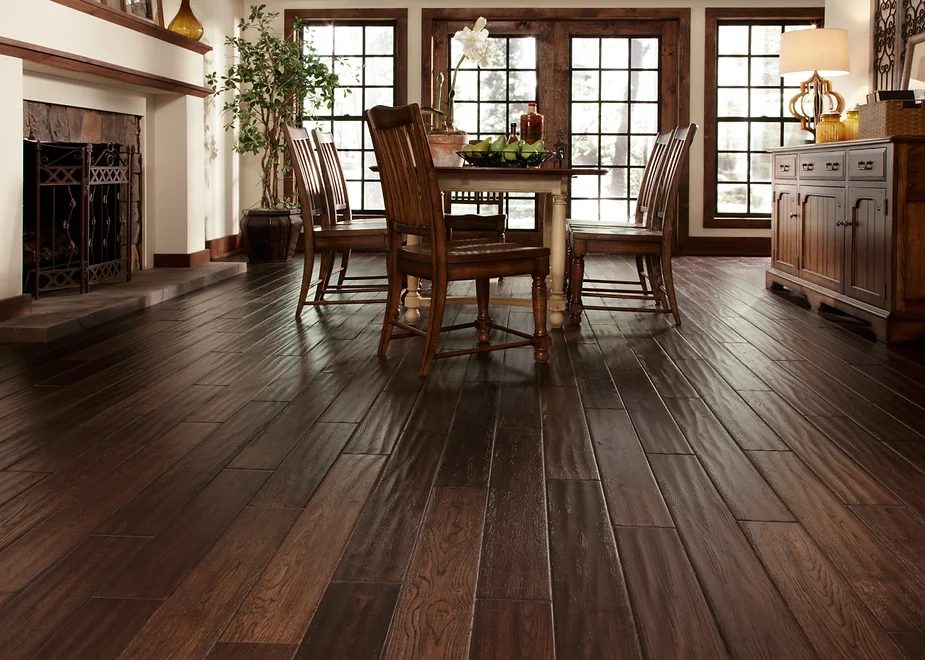When it comes to transforming the look and feel of your home, few elements make a statement as powerful and timeless as solid wood flooring. Whether you’re renovating an old farmhouse or designing a modern minimalist space, solid wood floors add warmth, character, and enduring beauty that other flooring options struggle to match. But with so many choices in species, finishes, and installation methods, how do you select the right one for your space?
This ultimate guide will walk you through everything you need to know about choosing solid wood flooring, helping you make a confident and stylish decision for your home.
What Is Solid Wood Flooring?
Solid wood flooring is made from a single piece of natural hardwood. Unlike engineered wood or laminate, it doesn’t contain layers or synthetic materials—just pure timber, usually ¾ inch thick. This composition allows it to be sanded and refinished multiple times, making it a long-term investment in both durability and aesthetics.
Benefits of Solid Wood Flooring
- Timeless Appeal: Its natural grain patterns and warm tones offer unmatched elegance that never goes out of style.
- Longevity: With proper care, solid wood floors can last for decades, often outliving other flooring materials.
- Added Home Value: Homes with hardwood flooring tend to have higher resale value and greater buyer appeal.
- Versatility: It complements a wide range of interior design styles—from rustic to contemporary.
Key Factors to Consider When Choosing Solid Wood Flooring
1. Wood Species
Different species offer different levels of hardness, color, and grain character. Popular choices include:
- Oak: Classic and durable, available in red or white variations.
- Maple: Light in color, with subtle grain and high hardness.
- Walnut: Dark and rich, ideal for dramatic interiors.
- Hickory: Extremely tough and rustic-looking.
Consider your lifestyle—homes with pets or kids may benefit from harder woods that resist denting.
2. Finish Options
You can buy solid wood flooring either prefinished or unfinished.
- Prefinished: Comes ready to install, with stain and protective coating already applied. Ideal for quicker installations.
- Unfinished: Sanded and finished on-site, allowing for more customization and a smoother surface.
3. Board Width and Length
Wider boards create a more spacious look but may cost more. Narrow boards offer a more traditional aesthetic. Random lengths help create a natural and less uniform appearance.
4. Color and Grain Pattern
Natural wood tones range from light blondes to deep chocolates. The grain pattern can be straight, wavy, or full of knots and character, depending on the species and cut.
5. Installation Method
Most solid wood floors are nailed or stapled down and require a wooden subfloor. Because of expansion and contraction, solid wood is not recommended for basements or areas with high humidity.
Maintenance Tips for Solid Wood Flooring
To preserve your flooring’s beauty for years to come:
- Sweep or vacuum regularly to remove debris.
- Use hardwood-safe cleaning products.
- Place area rugs in high-traffic zones.
- Refinish the floors every 7–10 years, or as needed.
Final Thoughts
Solid wood flooring is more than just a surface beneath your feet—it’s a long-term investment in your home’s character and value. By carefully considering factors like species, finish, and maintenance, you can find the perfect floor that suits your lifestyle and design taste.
